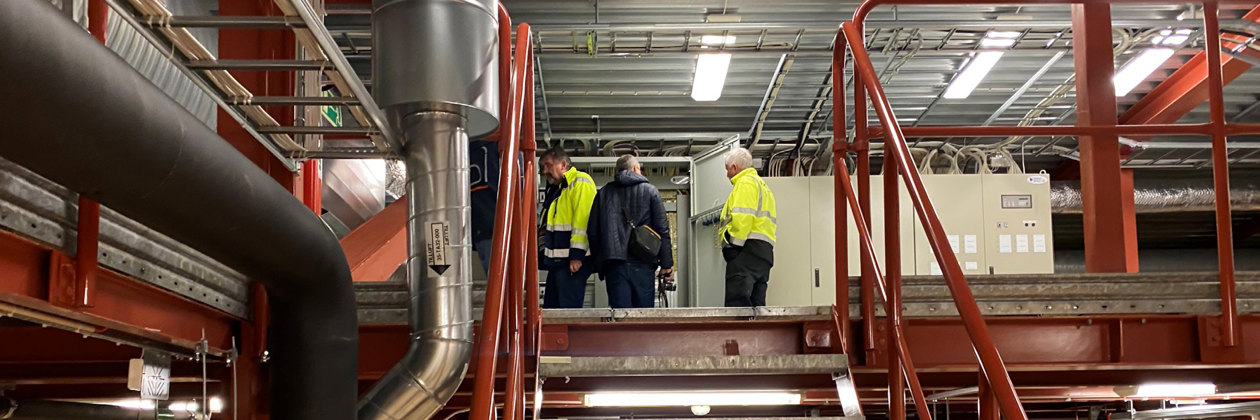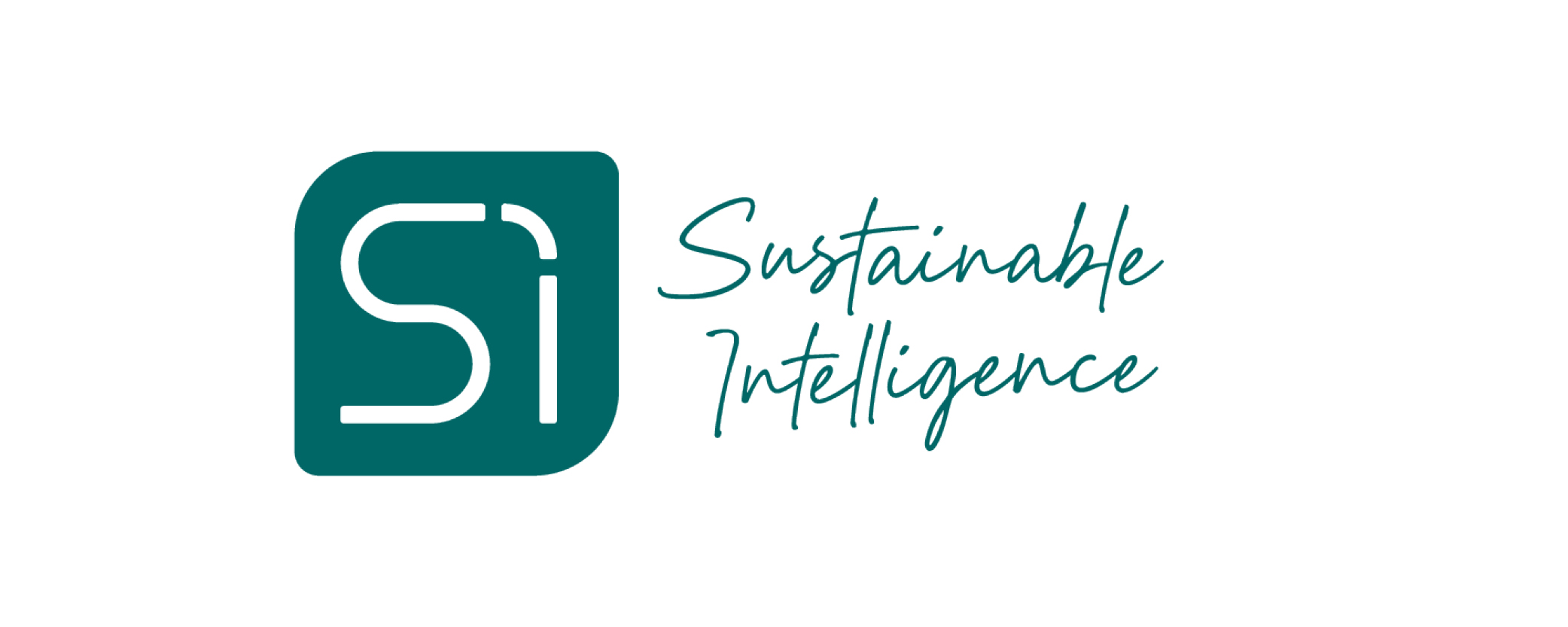Demand controlled ventilation and building management
Product manufacturing companies in the pharmaceutical industry are obliged to preserve the history of production conditions for 10 years. For McNeil, this means that history and follow-up in Regin's control system are essential. Mainly temperatures, humidities and airflows are monitored and archived for later use. Other parameters are also monitored by the system such as fire control. This provides a complete overview in regards to the production and any event that may affect the production and the quality of the pharmaceutical products. With demand controlled ventilation, it became possible to adapt ventilation flow to production activity.
Demand controlled ventilation deals with
- Separate heating and cooling setpoints for each production activity
- Adapted air exchange for different production activities
- Different alarm limits depending on production activity
- Distribution of ventilation intakes and heat emissions
- Active room volume during closed processes
- Variable volume of recirculated air
- Free cooling adjustment for access to energy from external distribution
In addition to this, McNeil installed energy meters in their production lines to identify any abnormal or high energy consumptions.
Visualization and energy management for the future
The goal for McNeil was to implement a system for visualizing energy consumption and simplifying it for employees in the production environment. By installing energy meters further out in the system, each production unit could obtain energy data for its specific work area. In addition, daily reviews of energy consumption created awareness and commitment among the employees. Systematic work to secure the system for the future is ongoing. A steering group for energy monitoring works with selecting, prioritizing, analyzing, and optimizing energy use in the property. The steering group consists of energy managers from McNeil, integrators, maintenance personnel as well as consultants and engineers for calculation and dimensioning.
Energy savings with a domino effect
By following up on the energy consumption in Regin's control system, it has been possible to identify improvements. The savings have made it possible for McNeil to switch to sustainable energy, such as district heating, biogas, and green electricity. McNeil shares its knowledge and solutions globally within the group and has received a positive response from Johnson & Johson's management, which encourages similar investments. For example, a fund has been established, in which companies within Johnson & Johnson can apply for funds to secure energy-saving measures.
Technical solution
The facility is monitored and logged via Regin's control system and controllers, which were selected due to the open interface and easy of use. Field products such as sensors, switches, and transmitters are from several manufacturers. Temperature, airflow and humidity are important variables that are continuously logged. Handheld devices are used throughout the factory, which facilitates troubleshooting and provides easier correction of any issues. The system meets the requirements of the regulations CFR part 11, in terms of permissions and traceability. The analysis tools in the system are continuously used for follow-up of various measurement data, which in turn can provide a basis for both energy and financial follow-up.




